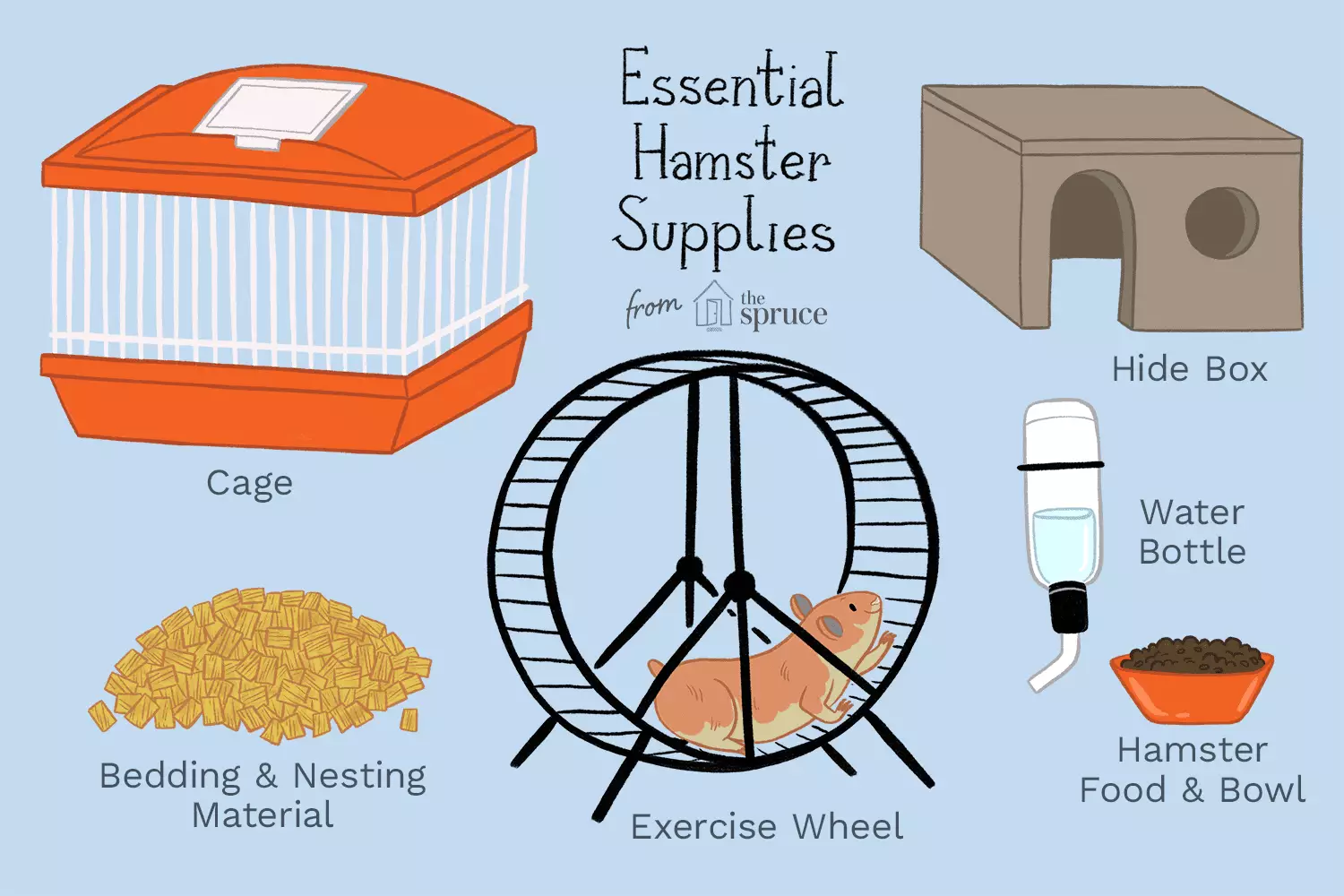Hamsters are increasingly popular as household pets, primarily due to their charming demeanor and relatively low maintenance needs. Typically, these small rodents have an average lifespan of around two to three years, which makes them appealing to both children and adults who may want a pet without the long-term commitment associated with larger animals. However, prospective hamster owners should be well-informed about the specifics of hamster care, as these creatures have unique needs and preferences that differ from other pets.
Each breed of hamster has its own characteristics, size, and temperamental differences, making it essential to understand which breed suits your lifestyle best. Before bringing one into your home, familiarize yourself with the particular traits of the breed you choose. Knowing whether it is a Syrian or dwarf hamster, for instance, will guide you in selecting the appropriate cage size and other necessary equipment.
Setting up a proper environment for your new hamster is critical in helping it adjust to its new home. Given that hamsters are nocturnal, owners should expect some activity—like running and burrowing—during the night hours. This nocturnal behavior should be considered when deciding where to position the cage. Ideally, the cage should be with easy access for the owner but in a location that minimizes the potential for disturbances during sleeping hours.
Hamsters thrive in well-ventilated cages that provide adequate space for movement and exploration. A spacious environment often mitigates anxiety and stress in pets, allowing them to adapt comfortably. Owners need to select a cage that is not only escape-proof but also easy to clean, as hygiene is fundamental for the well-being of small animals.
When setting up for a new hamster, there are several essential items that owners should procure. This supply list includes a suitable cage, bedding material, food and a food dish, a water bottle, an exercise wheel, and engaging toys. These items are critical for ensuring your hamster’s health, happiness, and overall quality of life.
Selecting the right type of bedding is crucial. Avoid cedar and pine wood chips, as the strong odors they emit can irritate hamsters’ respiratory systems. Instead, aspen bedding or paper-based products are safer options, providing comfort without the negative health implications. Moreover, hamsters need hiding spots for napping; using shredded paper or facial tissues can make for economical and safe nesting material.
Feeding your hamster a balanced diet is another core component of hamster care. While store-bought pelleted food provides vital nutritional balance, it is beneficial to supplement their diet with fresh vegetables. Be mindful of the types of food that are safe for hamsters; some foods can be harmful, leading to health complications.
Exercise and Mental Stimulation
Exercise is a crucial element for a hamster’s daily routine. A high-quality exercise wheel, ideally with a solid surface and silent operation, will encourage your hamster to stay active, especially during its naturally active night periods. Dogs and cats need engagement and activity, and hamsters are no different. Off-the-shelf toys are plentiful in pet supply stores, but you can also create DIY toys with common household items like toilet paper rolls to keep your furry friend mentally stimulated.
It’s essential to keep in mind that boredom can lead to destructive behaviors in hamsters. Providing various chew toys, climbing structures, and houses or hideouts can stimulate your pet’s natural instincts and prevent them from becoming anxious or bored.
Despite their hardy nature, hamsters can experience health issues that occur rapidly owing to their small size. Owners must remain vigilant for signs of illness such as lethargy, unresponsiveness, or changes in eating habits. If your hamster appears inactive, loses hair, or exhibits other concerning behaviors, it may be indicative of underlying health issues such as infections or respiratory complications.
In the event of an escape, immediate action is required. Try to maintain a calm environment at home, and be observant, especially during the nighttime hours when hamsters are most active. Setting a bait with food and allowing the hamster to find its way back can be helpful.
Caring for a hamster entails more than just providing a cage and food. Owners must dedicate time to learn about their specific hamster breed, create a stimulating environment, ensure proper nutrition, and maintain vigilance in monitoring their pet’s health. By adhering to these guidelines and providing the proper care, you can enjoy a fulfilling companionship with your little furry friend.

